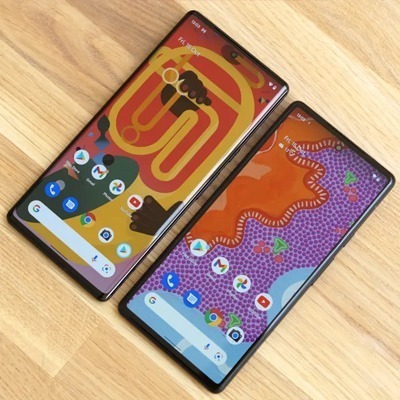
Our consumer tech reviews included a new criterion to be considered two years ago: how durable the current gadget, laptop, or tablet is. So, have the IT behemoths made any headway? Yes, in certain ways. However, there is still a long way to go.
As big tech companies follow through on their environmental goals, more popular items increasingly use recycled material. Apple’s whole iPad line and the bulk of its PCs, for example, are now constructed of recycled aluminum, as are Google’s latest Pixel 6 smartphones. The majority of Amazon’s own-brand gadgets, including the Fire HD 10 tablets and Echo devices, incorporate recycled plastic, as do Microsoft’s Ocean Plastic Mouse and Logitech’s MX Keys Mini keyboard.
Most major tech businesses also offer device recycling, albeit usually only through third-party merchants and only after you’ve purchased something new. To establish a circular economy, much more is necessary, including more recycling.
The majority of the growth has been generated by a combination of consumer awareness and investor pressure. Real change in the consumer industry may emerge when people vote with their purchases.
Access to information on how a device is made, the length of software support, and repair options are still limited, but it is increasing in some areas. Environmental impact studies are published by several of the world’s major firms, including Apple, Microsoft, and Google, albeit not for all products and often with limited scope.
Enhanced software support
Keeping an existing device rather than purchasing a new one is better for the environment and your wallet. On this front, as well, progress has been made.
One of the most severe factors impacting smartphone lifetime is the premature expiration of software support. Because vital security upgrades are no longer accessible, perfectly functional electronics have become unsafe to use. It’s still an issue, with some suppliers, even well-known brands like Oppo, providing just 2 to 3 years of updates following a device’s release, particularly for lower-end models.
Companies are now catching up to Apple’s 5 to 7 years of improvements for iPhones, with Samsung expanding updates to at least four years for a wide range of phones, not even just high-end versions. Google guarantees at least 5 years for its Pixel 6 phones.
Restore and resell tech
The Repairability of consumer gadgets is steadily improving as well. Fairphone, a Dutch firm, continues to raise the standard with its latest modular phone. It can be serviced at home with only a screwdriver and is made from ethically produced and recycled parts. It will be supported for six to seven years with software. Framework, a company based in the United States, is working on a similar project using modular, repairable computers.
Others are taking notice now. Apple and Microsoft have lately increased their efforts to make parts and tools for repairs available to the general public. This is done in response to public and shareholder criticism.
“We’re starting to see the pendulum swing in the right direction,” says Kyle Wiens, CEO of iFixit. It is a tech company that specializes in home repairs. “We’ve seen large manufacturers modify their positions. Such as Microsoft revamping the Surface Laptop to make it easier to repair, going from a one to a five in our grading system. Others, like Samsung, appear to have done very little, indicating that there is still a long way to go.”
The lower end of the market, on the other hand, is not yet following where the large tech companies are treading. Wiens argues, “Inexpensive, throwaway things are a big concern.”
Even when items are built to last, many smaller gadgets, such as headphones and wearable electronics, are difficult to repair and include irreplaceable batteries that wear out, limiting their lifespan.
“Large businesses have a tremendous potential to step up and help their products live longer.”The true gauge of a product’s market influence is its resale value,” argues Wiens.
The great news is that the availability of excellent and refurbished old devices is increasing. It when paired with faster repairs and extended software support, keeps devices out of landfills for longer.
However, for a device to be available for a second or third-hand purchase, it must first be acquired new. That is why we will continue to thoroughly test devices to aid you in picking the best available.
